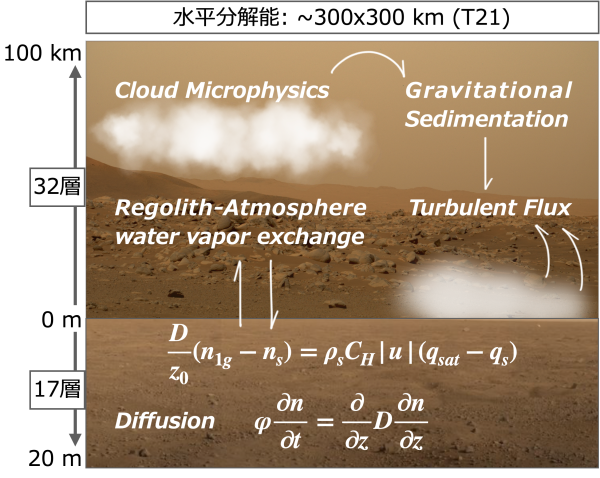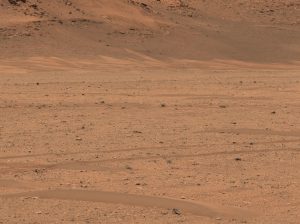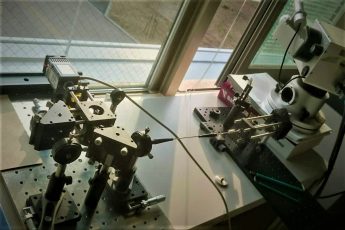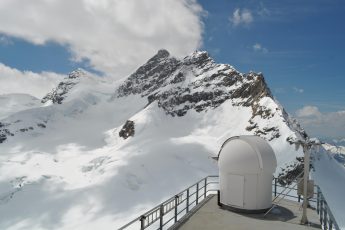Martian water cycle simulation with the regolith-atmosphere interaction

Have you ever seen what the surface of Mars looks like as photographed by a spacecraft? The Martian surface is like a desert environment, covered with grains of sand called “regolith”. Mars regolith is a porous material with many voids, and it is known to adsorb water vapor on its surface and store ice in its pores.

NASA/JPL-Caltech/ASU/MSSS
Recent studies have revealed that water in the regolith is released into the atmosphere during the day and stored underground at night. However, the extent to which this phenomenon affects the Martian water cycle is not yet well understood. It is also unknown where on Mars (latitude, longitude, and depth) subsurface ice exists.
We are using the “General Circulation Model (GCM)” to study the water cycle processes and distribution of subsurface ice on Mars. The interaction between the regolith and the atmosphere is used to investigate the location of subsurface ice. The study of a comprehensive solution of the Martian water cycle using a GCM coupled with the subsurface and atmosphere is a unique and challenging task in the world! (M2, Mirai Kobayashi)





